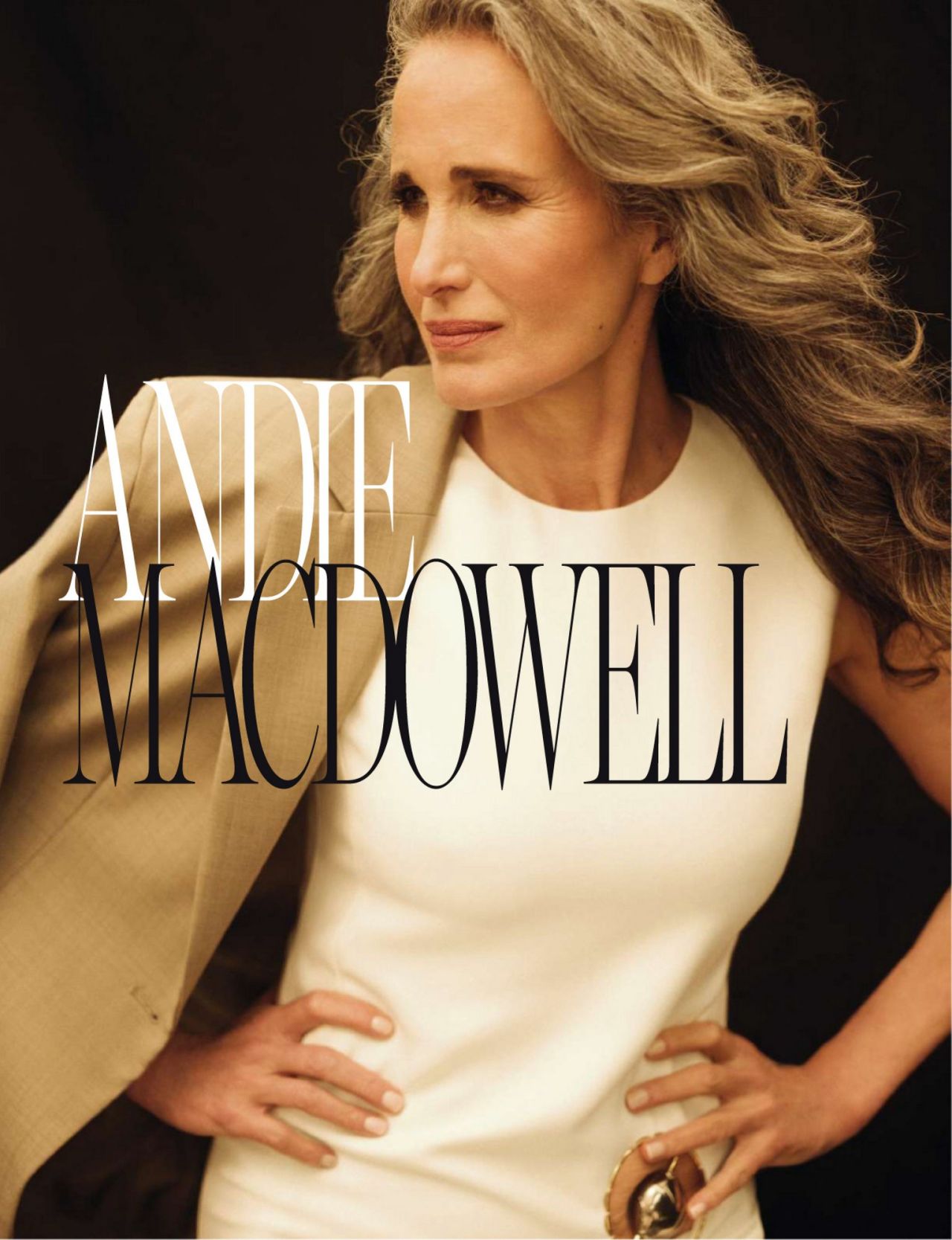Little oral andie might not be a household name, but it carries a charm that captivates those who encounter it. Whether you're a curious beginner or someone who has stumbled upon this term for the first time, understanding its essence can open doors to a world of wonder. From its humble beginnings to its growing popularity, this guide will help you explore every facet of this intriguing concept.
At its core, little oral andie represents a blend of creativity, culture, and connection. It’s more than just a phrase or idea—it’s an experience that resonates with people across different walks of life. As we delve deeper into this topic, you'll discover how it has evolved, its significance in various contexts, and why it continues to capture the imagination of so many. So, buckle up and get ready for a journey into the heart of little oral andie!
What makes little oral andie stand out is its ability to adapt and thrive in diverse settings. Whether you're exploring it for personal enrichment or professional growth, its versatility ensures there's something for everyone. In the sections ahead, we’ll break down its components, answer burning questions, and provide actionable insights to help you make the most of this fascinating subject. Let’s get started!
Read also:Discover The Inspiring Journey Of Lyra Crow A Rising Star
Table of Contents
- What is Little Oral Andie?
- How Did Little Oral Andie Originate?
- Why is Little Oral Andie So Popular Today?
- Key Characteristics of Little Oral Andie
- What Are the Benefits of Embracing Little Oral Andie?
- How Can You Incorporate Little Oral Andie Into Your Life?
- Common Misconceptions About Little Oral Andie
- What Does the Future Hold for Little Oral Andie?
What is Little Oral Andie?
Before we dive into the nitty-gritty, let’s start with the basics: What exactly is little oral andie? At its simplest, little oral andie refers to a unique blend of storytelling, performance, and cultural expression. It’s a term that has gained traction in artistic circles, often associated with spoken word poetry, performance art, and even digital content creation. But don’t let its artistic roots fool you—little oral andie transcends traditional boundaries, making it accessible to anyone with a passion for creativity.
One of the defining features of little oral andie is its emphasis on oral traditions. Unlike written forms of expression, it thrives on the power of voice, rhythm, and live interaction. Think of it as a bridge between the past and the present, where ancient storytelling techniques meet modern-day innovation. This fusion creates a dynamic experience that resonates with audiences of all ages and backgrounds.
But why should you care about little oral andie? Well, for starters, it’s more than just entertainment—it’s a way to connect with others on a deeper level. Whether you’re performing, listening, or simply exploring its nuances, little oral andie offers a platform for self-expression and community building. So, if you’ve ever felt drawn to the magic of words and performance, this might just be the perfect avenue for you.
Key Elements That Define Little Oral Andie
To truly understand little oral andie, it’s important to break it down into its core components. Here are some of the key elements that make it stand out:
- Storytelling: At its heart, little oral andie is about sharing stories. Whether it’s a personal narrative or a fictional tale, the art of storytelling is central to its appeal.
- Vocal Expression: The way words are spoken—tone, pace, and emotion—plays a crucial role in bringing stories to life.
- Cultural Roots: Many forms of little oral andie draw inspiration from cultural traditions, adding layers of meaning and authenticity.
- Interactive Nature: Unlike static forms of art, little oral andie thrives on audience engagement, creating a shared experience.
How Did Little Oral Andie Originate?
Every great concept has a backstory, and little oral andie is no exception. But where did it all begin? To answer this question, we need to take a trip back in time and explore the origins of oral traditions. Historically, storytelling has been a cornerstone of human communication, dating back to ancient civilizations. From tribal gatherings to epic poems, oral traditions have always played a vital role in preserving history, culture, and values.
Fast forward to the modern era, and you’ll find that little oral andie has evolved significantly. It owes much of its current form to the rise of spoken word poetry in the 20th century. Artists began experimenting with rhythm, rhyme, and performance, giving birth to a new wave of creative expression. Over time, this movement expanded beyond poetry to include theater, music, and digital media, paving the way for little oral andie as we know it today.
Read also:Unlocking The Potential Of Itslexismith Ed A Comprehensive Guide
Interestingly, the term "little oral andie" itself may have emerged as a playful nod to these artistic roots. While its exact origins remain a bit of a mystery, it’s clear that the concept has struck a chord with creators and audiences alike. By blending tradition with innovation, little oral andie continues to carve out its place in the cultural landscape.
Who Are the Pioneers of Little Oral Andie?
While little oral andie is a collective effort, certain individuals have played a pivotal role in shaping its trajectory. These pioneers have pushed boundaries, challenged norms, and inspired countless others to embrace the art form. Below is a table highlighting some notable figures and their contributions:
| Name | Role | Key Contributions |
|---|---|---|
| Maya Angelou | Poet and Author | Revitalized spoken word poetry with her powerful storytelling and social commentary. |
| Gil Scott-Heron | Musician and Poet | Blended poetry with music, influencing genres like hip-hop and jazz. |
| Sarah Kay | Spoken Word Artist | Popularized modern spoken word through TED Talks and educational initiatives. |
Why is Little Oral Andie So Popular Today?
In a world dominated by digital communication, it’s fascinating to see how little oral andie has managed to thrive. But what exactly makes it so appealing in today’s fast-paced society? The answer lies in its ability to connect with people on a human level. In an era where screens often replace face-to-face interactions, little oral andie offers a refreshing reminder of the power of live storytelling.
Another reason for its popularity is its inclusivity. Unlike some art forms that require specialized skills or equipment, little oral andie is accessible to anyone with a voice and a story to tell. This democratization has led to a surge in grassroots movements, with communities coming together to celebrate shared experiences. From open mic nights to virtual performances, the opportunities to engage with little oral andie are endless.
Moreover, the rise of social media has played a significant role in amplifying its reach. Platforms like YouTube, Instagram, and TikTok have provided creators with a global stage to showcase their talents. This digital exposure has not only introduced little oral andie to new audiences but also inspired collaborations across borders and cultures.
What Makes Little Oral Andie Stand Out in the Digital Age?
While many art forms struggle to adapt to the digital landscape, little oral andie has flourished. Here’s why:
- Authenticity: In a world saturated with curated content, little oral andie offers raw, unfiltered expression.
- Versatility: It can be adapted to various formats, from live performances to short videos.
- Emotional Impact: The combination of voice and narrative creates a powerful emotional connection.
Key Characteristics of Little Oral Andie
What sets little oral andie apart from other forms of expression? To answer this, we need to examine its defining characteristics. These traits not only shape its identity but also contribute to its enduring appeal.
First and foremost, little oral andie is deeply personal. It often draws from the creator’s own experiences, making it relatable and authentic. This personal touch allows audiences to connect with the performer on a visceral level, fostering empathy and understanding. Whether it’s a heartfelt poem or a humorous monologue, the sincerity behind the words is what resonates most.
Another hallmark of little oral andie is its emphasis on performance. Unlike written works, which rely solely on the reader’s imagination, little oral andie brings stories to life through vocal delivery. The performer’s tone, pacing, and body language all play a role in enhancing the narrative. This multi-sensory experience makes it both engaging and memorable.
Why Is Performance Central to Little Oral Andie?
Performance is the beating heart of little oral andie. Without it, the magic simply wouldn’t exist. Here’s why performance is so integral:
- Engagement: Live performances create a direct connection between the artist and the audience.
- Interpretation: Each performance is unique, allowing for endless variations of the same piece.
- Emotion: The performer’s delivery can evoke a wide range of emotions, from laughter to tears.
What Are the Benefits of Embracing Little Oral Andie?
Now that we’ve explored its origins and characteristics, let’s talk about the benefits of embracing little oral andie. Whether you’re a creator or an audience member, this art form offers a wealth of advantages that extend beyond entertainment.
For starters, little oral andie is a powerful tool for self-expression. It provides a platform for individuals to share their thoughts, feelings, and experiences in a way that feels authentic and meaningful. This can be particularly therapeutic for those who struggle to articulate their emotions through traditional means. By giving voice to their inner worlds, performers often find a sense of catharsis and empowerment.
On the flip side, engaging with little oral andie as an audience member can be equally rewarding. Listening to someone else’s story can foster empathy and broaden your perspective. It’s a reminder that, despite our differences, we all share common struggles and aspirations. This sense of connection can be incredibly uplifting, especially in times of uncertainty.
How Does Little Oral Andie Benefit Communities?
Little oral andie isn’t just about individual growth—it also has the power to strengthen communities. Here’s how:
- Building Bridges: It brings people together, fostering dialogue and understanding.
- Celebrating Diversity: It highlights different cultures, traditions, and perspectives.
- Empowering Voices: It amplifies marginalized voices, promoting inclusivity and equality.
How Can You Incorporate Little Oral Andie Into Your Life?
If you’re inspired to explore little oral andie further, you might be wondering how to get started. The good news is that there are countless ways to incorporate it into your life, whether you’re a seasoned artist or a complete novice.
One of the easiest ways to begin is by attending live performances. Look for local events, such as poetry slams or storytelling nights, where you can experience little oral andie firsthand. Not only will this expose you to different styles and techniques, but it will also give you a chance to connect with like-minded individuals.
If you’re ready to take the plunge and try your hand at performing, start small. Write a short piece about something that matters to you, and practice delivering it with confidence

